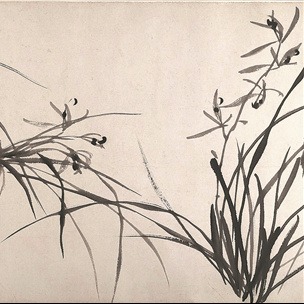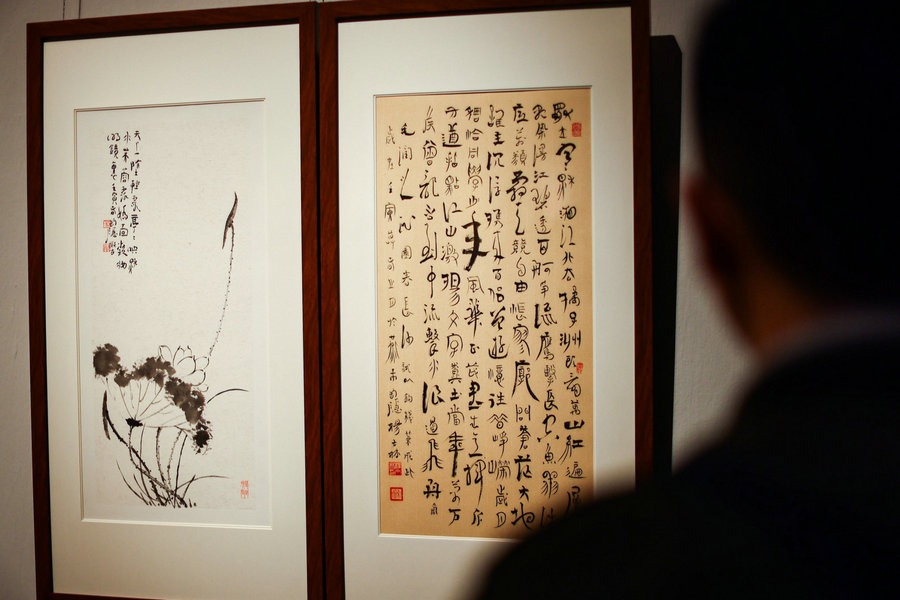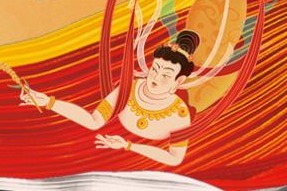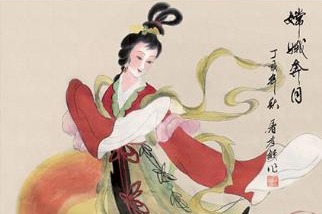An eccentric approach


'Ink play'
In contrast to such opulence is an album of plum blossom paintings of Li Fangying (1696-1755), marked by a simplicity bordering on abstraction. If anything, the abbreviated brush-strokes, exuding both verve and ease, remind one of Zheng and his orchids. The two's comparability doesn't stop here — Li also stepped down from his position as a county magistrate after repeated clashes with corrupt superiors.
"To sell paintings in Yangzhou and grow old with Li (Fangying)" was what Zheng had envisioned for himself and his friend. However, Li never grew really old. He died in poverty at the age of 58 — 12 years before Zheng did at 73. "It is not my life but my painterly hand that I mourn" were his final words.
In the Met, Li and Zheng reunited with another two members of the "eight eccentrics of Yangzhou", represented respectively by a bamboo painting and an album of plum blossoms. (All exhibits can be checked out at the museum website.)
Jin Nong (1687-1763), the plum painter of the two, described in one of his whimsically modern renditions how a monk from a nearby mountain temple brought him much-needed rice in exchange for a "fun ink work".
It is no coincidence that more than one and a half centuries after Zheng died in 1766, Wu Changshuo, a renowned painter-calligrapher, would inscribe the title sheet of his Met-showcased bamboo-and-orchid piece with two big Chinese characters literally meaning "ink play".
Zheng, who famously remarked that "in painting, I follow no rules and set no rules", had without doubt conducted himself with enough irreverence to be considered idiosyncratic or playful.
But he did have something — indeed certain people — uppermost in mind.
On one of his later works he wrote: "Whatever I have painted is not meant for men who luxuriate in life, but rather for those who experience its pain and pathos."





































